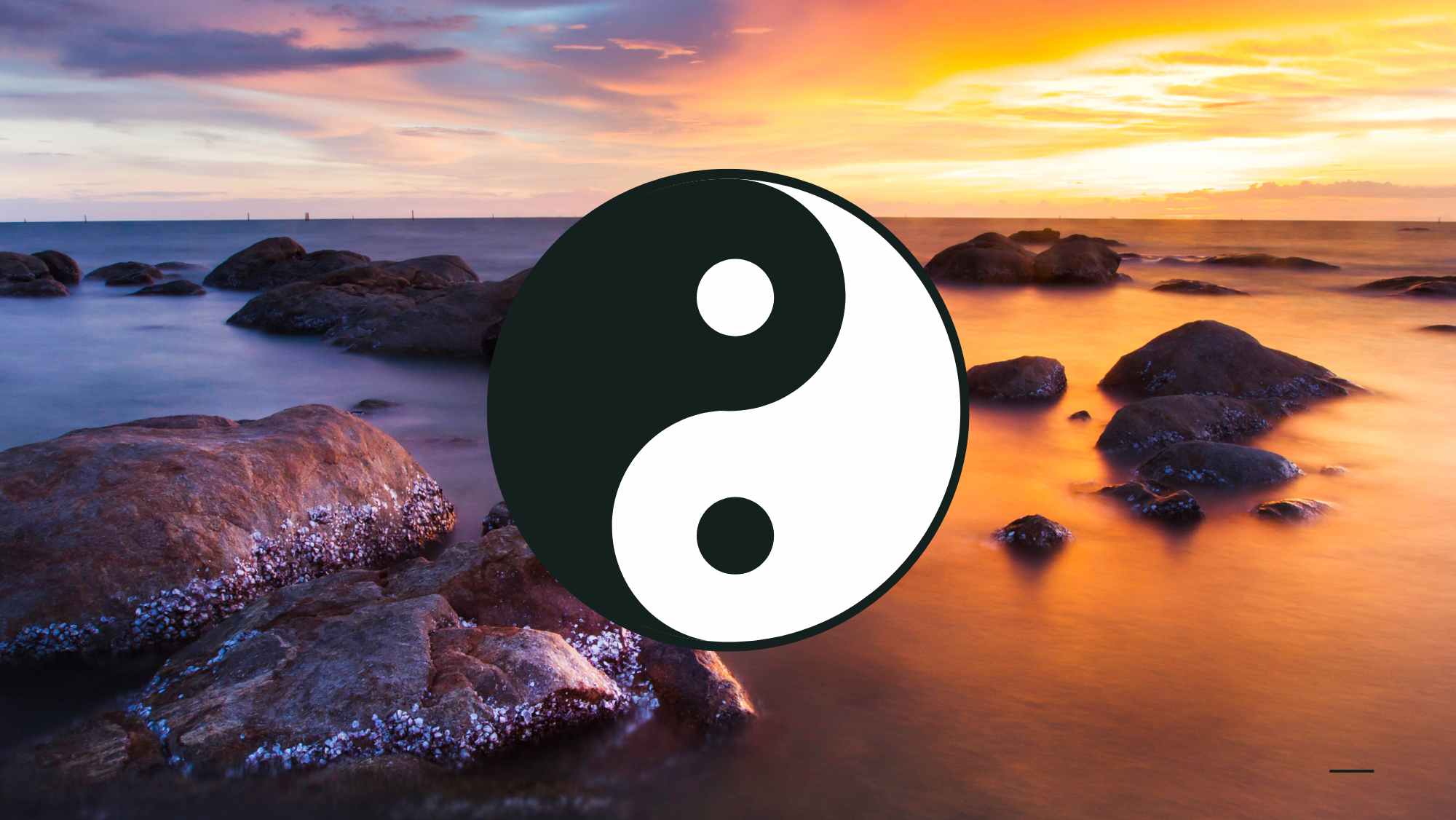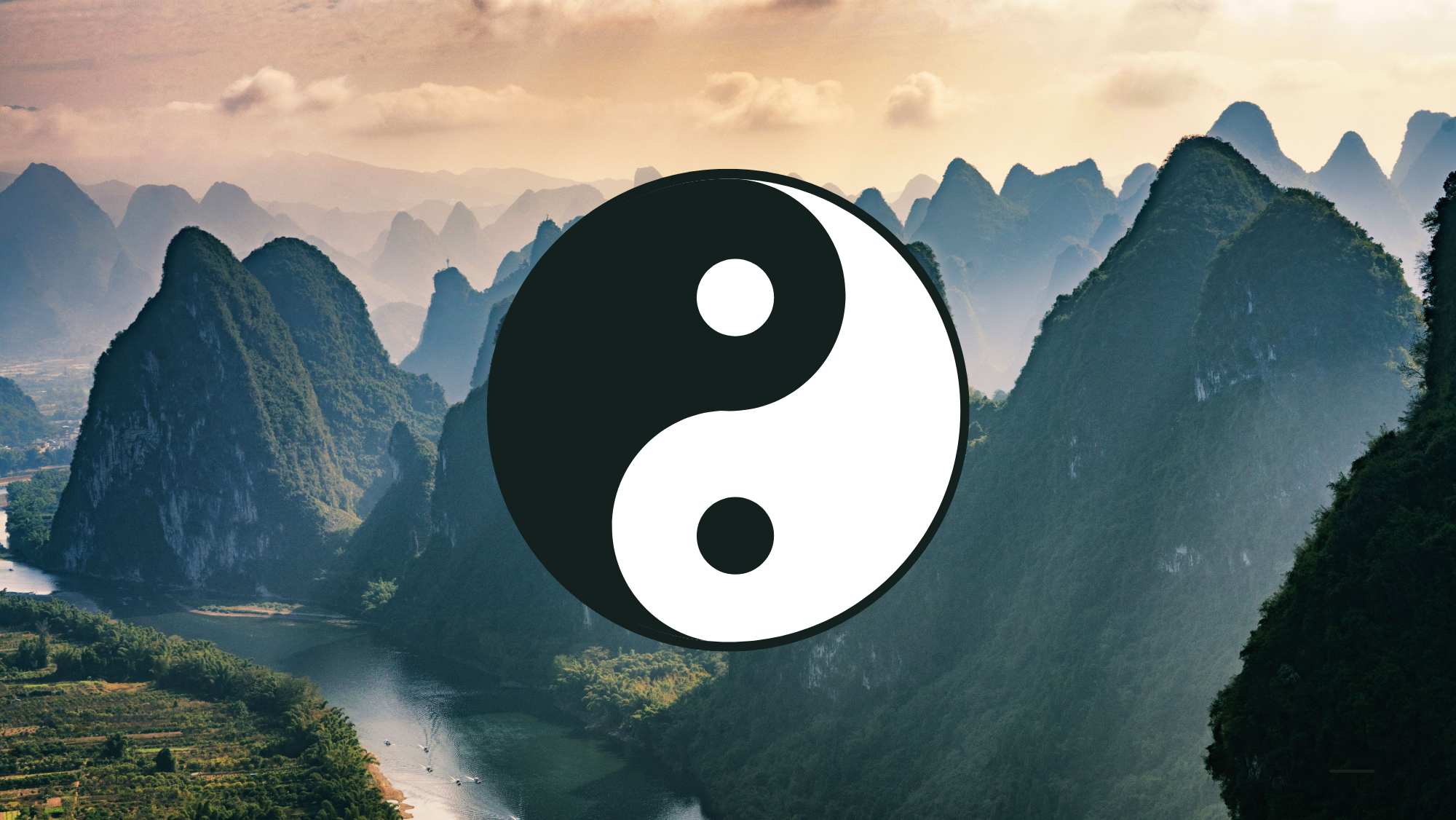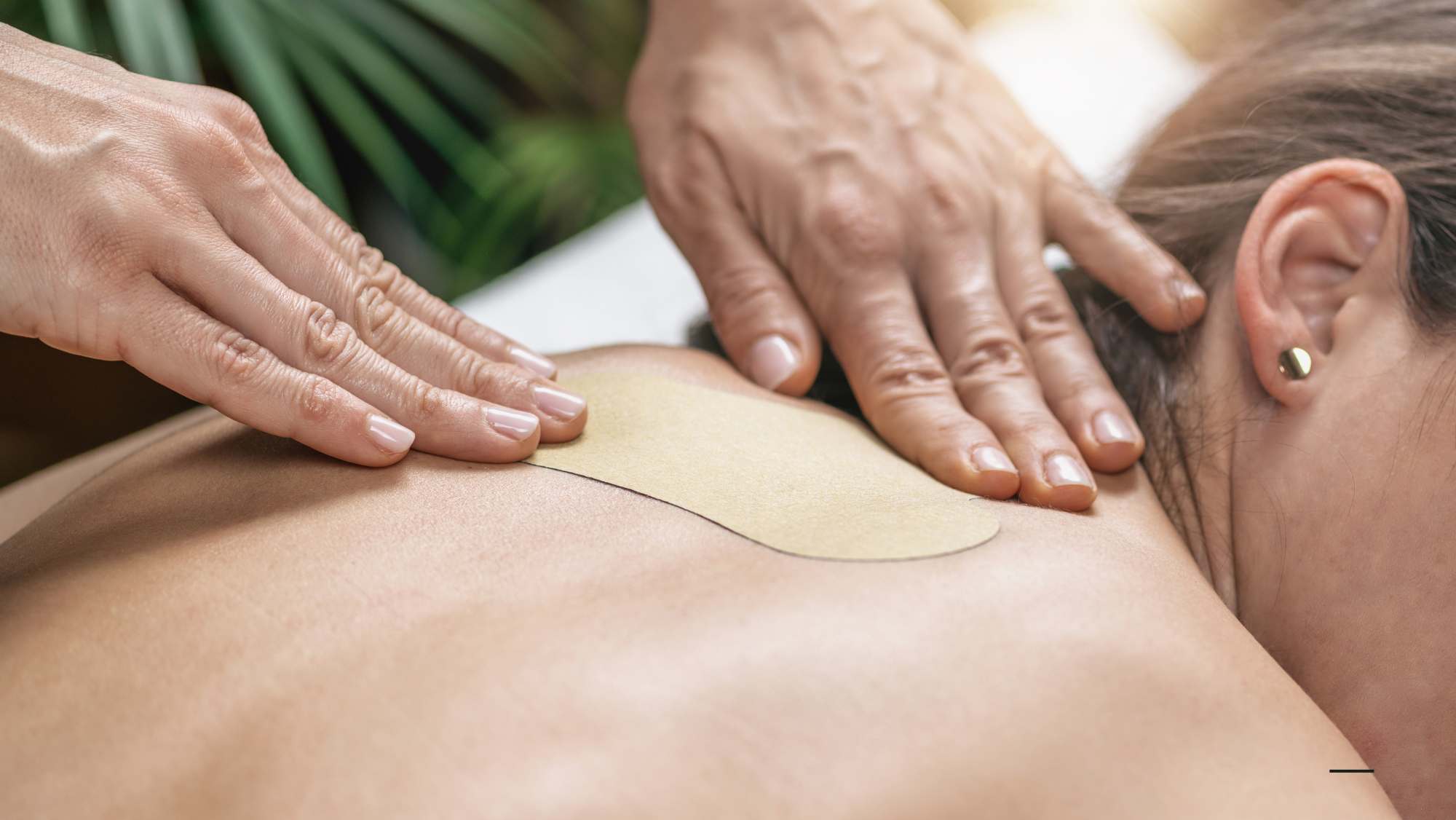In Eastern medicine, the intricate network of meridians serves as the conduits through which Qi, the vital energy, flows within the body. Unlike the anatomical pathways of blood vessels in Western physiology, meridians represent a dynamic system of energy circulation, likened to a network of interconnected streams and rivers. Qi travels along these meridians, each with its distinct purpose and trajectory, forming an integral part of traditional Chinese medicine. Comprising twelve pairs, each associated with a specific organ, these meridians form the foundation of Eastern medical theory.
What are Meridians?
In Eastern medicine, the meridians are the pathways in which the Qi flows. One might compare them to blood vessels, but they are quite different from arteries and veins.
A good analogy of the body’s meridian system is that of a network of streams and rivers. Just as water flows in one direction from one stream to another source of water, Qi flows through one meridian to the next. Meridians are separate, yet connected.
There are several different types of meridians including principal, divergent, tendinomuscular, and extraordinary. For the purposes of this article, we will only be evaluating the principal meridians, also called primary meridians.
Principal Meridians
There are twelve principal meridians, and each is associated with an organ of the body. The meridians are organized into “sister pairs.” Each pair contains a yin meridian and a yang meridian. Yin meridians are considered receptive, and yang meridians are considered expressive. The full concept of yin and yang will be discussed in a later article.
Principal meridians travel over the entire body from the torso to the hands, from the hands to the face, from the face to the feet, and from the feet to the torso, and so on. This circulation ensures that Qi travels throughout the entire body. In addition, each meridian travels through its own organ as well as its sister organ. The cycle of Qi throughout the entire body is completed every 24 hours.
As previously mentioned, each meridian is associated with one of the body’s organs. However, the concept of “organ” in the context of Eastern medicine is extremely different from that of allopathic medicine. With this in mind, it is important to recognize that stagnation of Qi in the Liver meridian does not necessarily indicate a Liver dysfunction in the context of a Western medical doctor. It is important to approach the concept of “organ” from a completely new perspective and with a beginner’s mind.
Principal Meridian Pairs
The principal meridian pairs are as follows:
| Yang Lung Stomach Heart Urinary Bladder Liver Pericardium | Yin Large Intestine Spleen Small Intestine Kidneys Gallbladder San Jiao |
Many of these organs may seem fairly straight forward such as Lung, Heart, Kidneys, etc. The Eastern medical functions of each organ vary considerably from that of an allopathic physician. A complete discussion of the philosophy behind the functions of each organ and the organs themselves would be too lengthy for this article.
Pericardium and the San Jiao Meridian
However, the two organs that may seem unfamiliar to most people are the Pericardium and the San Jiao. The pericardium in allopathic medicine is a sac that encloses the heart, but in Eastern medicine, the Pericardium is just as important as the Heart. For this reason, it has its own meridian and its own functions.
On the other hand, the San Jiao has no direct correlation with an organ in allopathic medicine, and this fact may make this organ just as mysterious as the concept of Qi to some people. However, the San Jiao is responsible for regulating the temperature, fluids, and environment of the chest (Upper Jiao), abdomen (Middle Jiao), and lower abdomen (Lower Jiao).
Continue To Learn
The concepts of Meridians and Qi are just a start to understanding the terminology of your acupuncturist. The philosophy and practice of Eastern medicine have developed over a millenia in Eastern Asia and are deeply rooted in their cultures. It may require more effort on the part of Americans who are unfamiliar with these concepts to create a partnership with their Eastern medical practitioner. However, by taking the time to read books and articles, evaluate online resources, and ask questions of their acupuncturist, a patient can become versed in the terminology and empowered to partner with their Eastern medical practitioner to improve their overall health and wellness.







